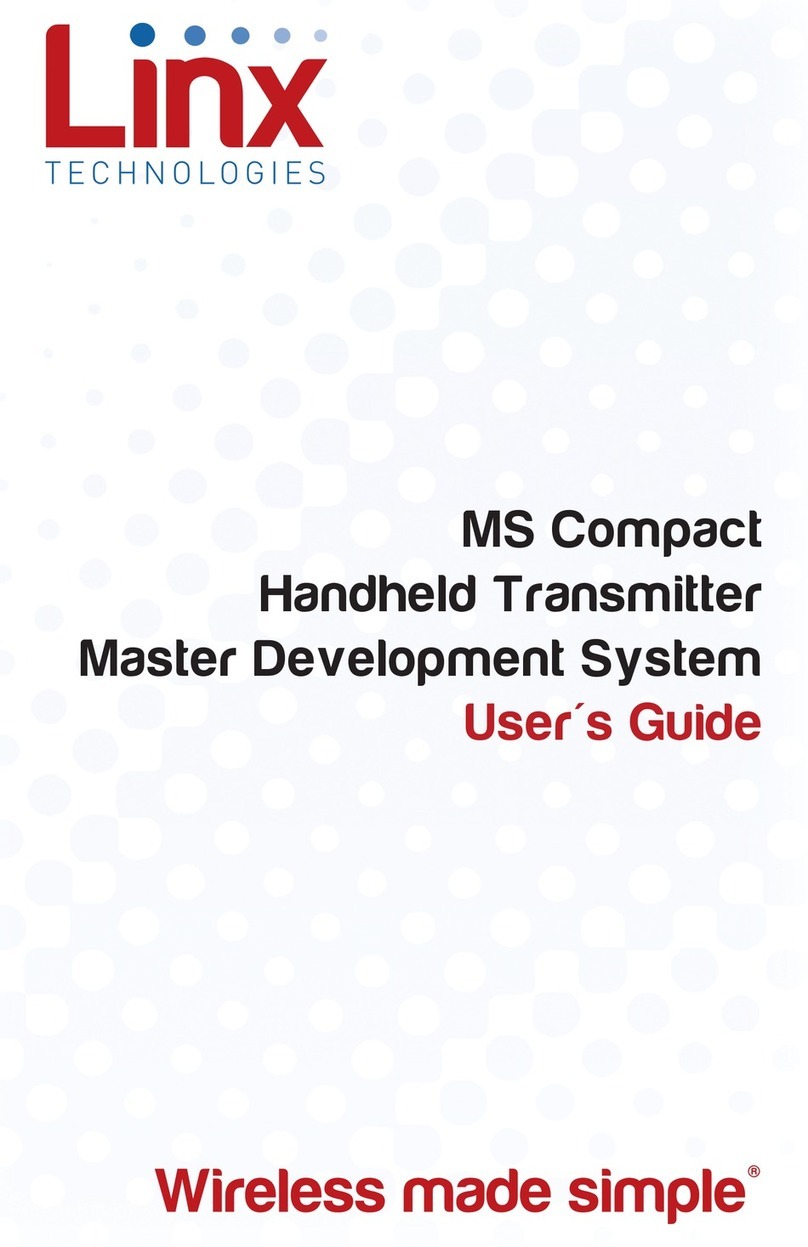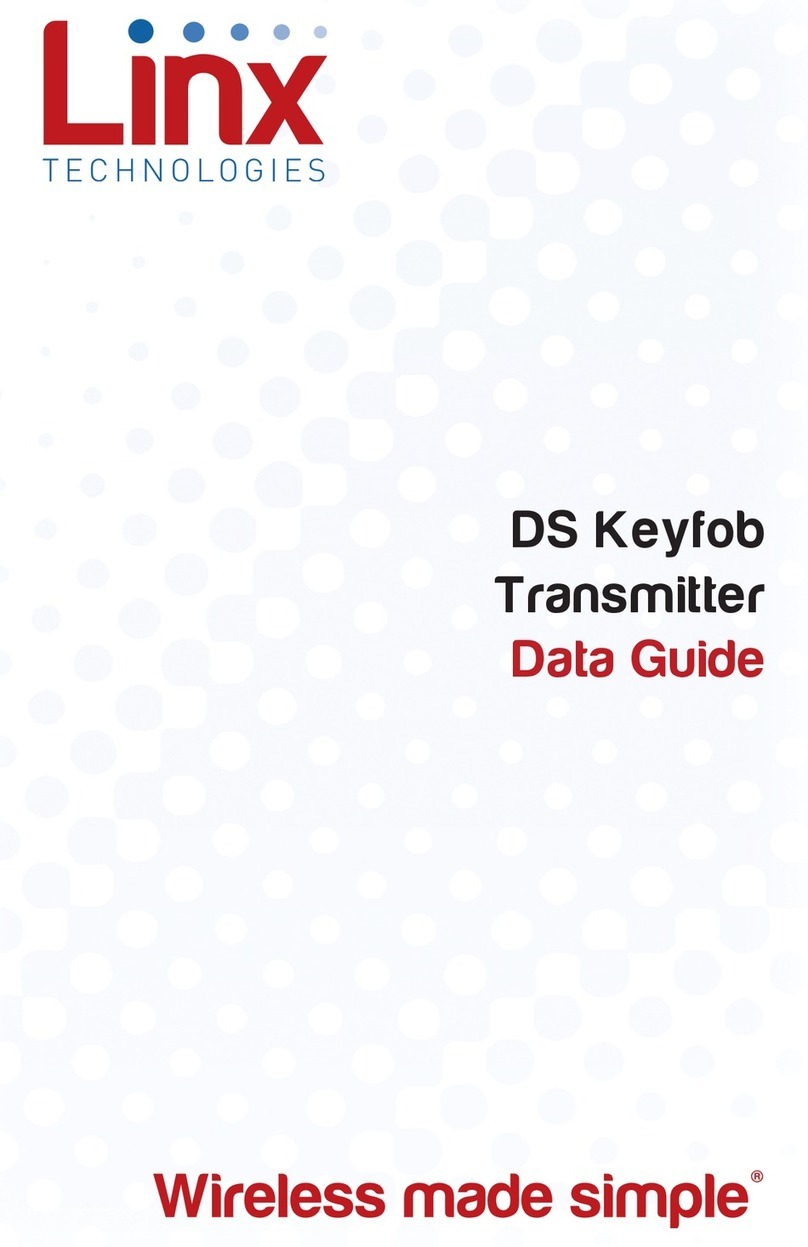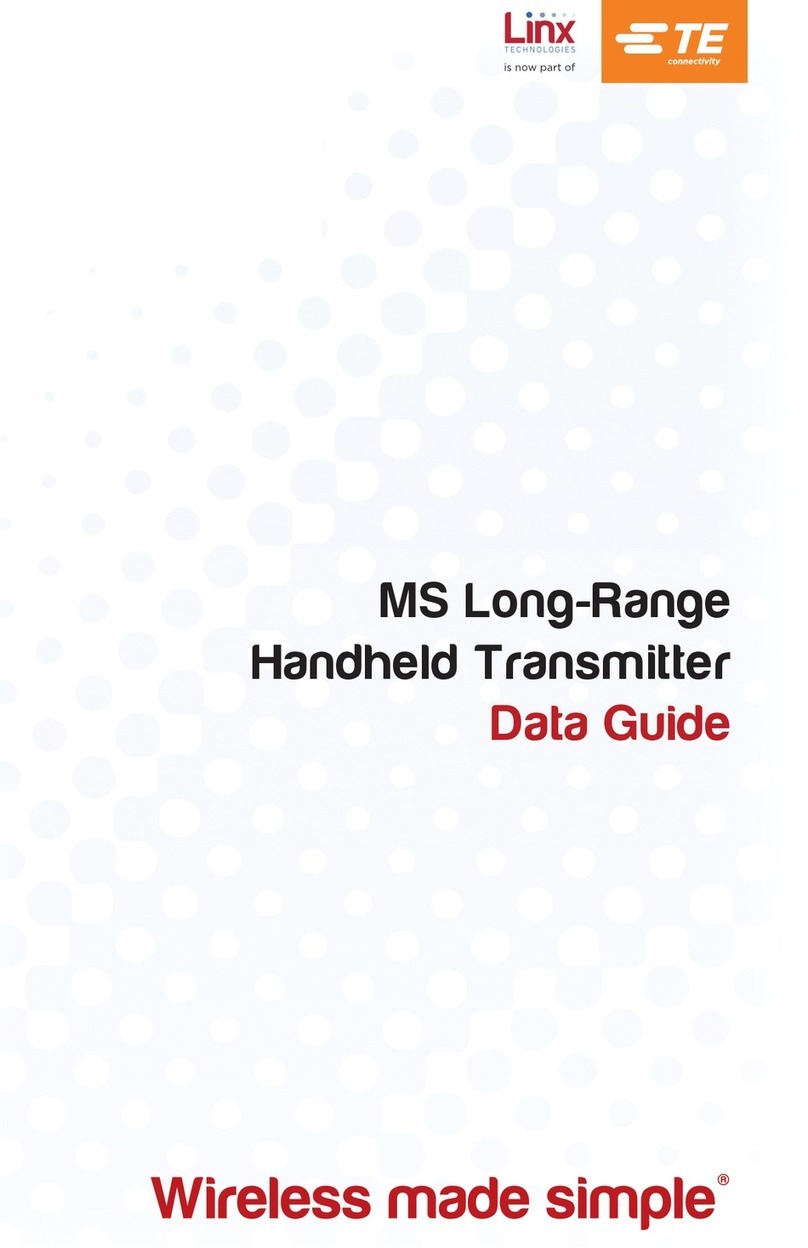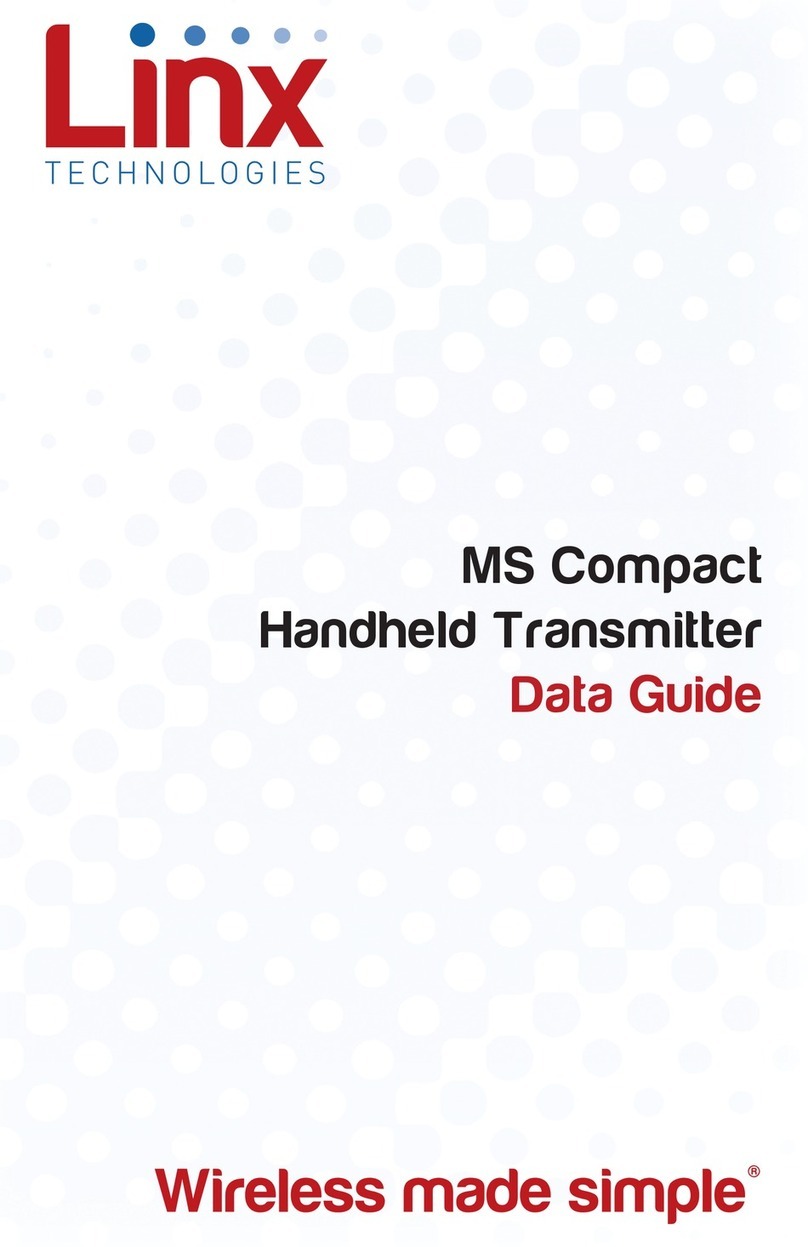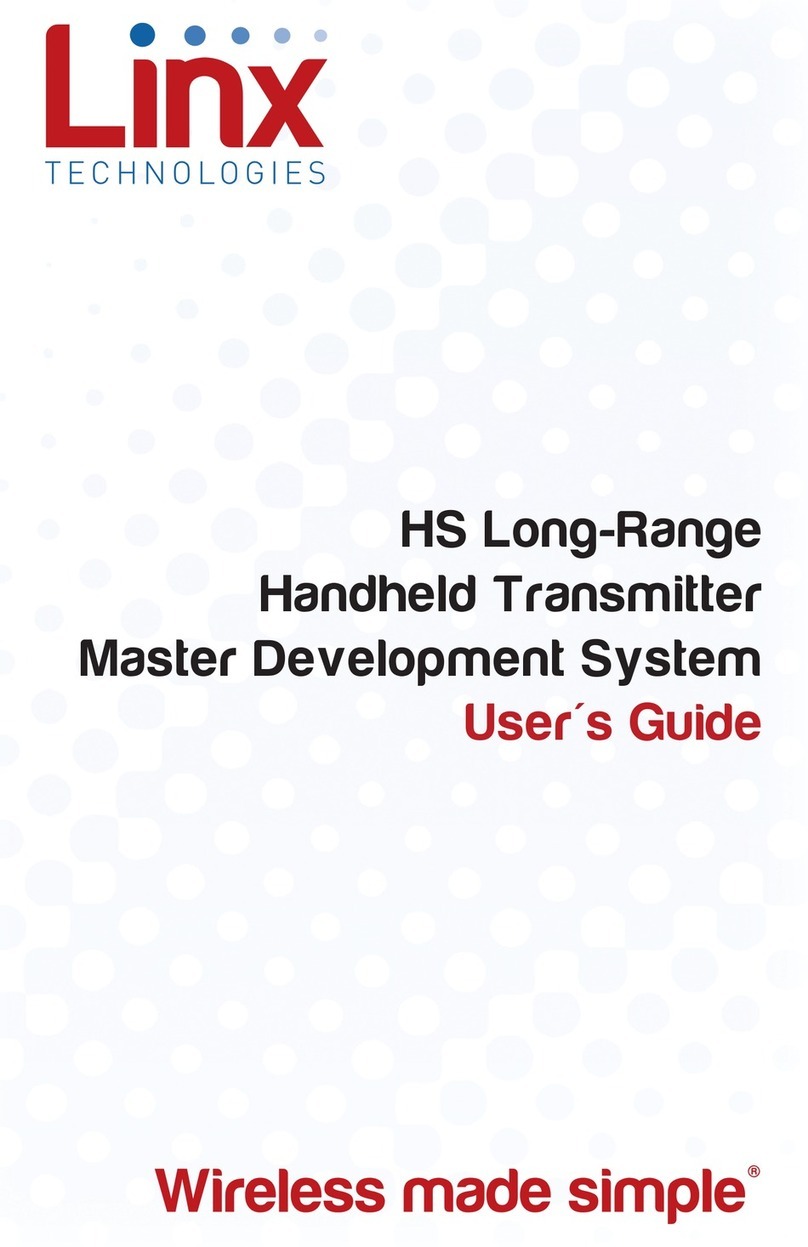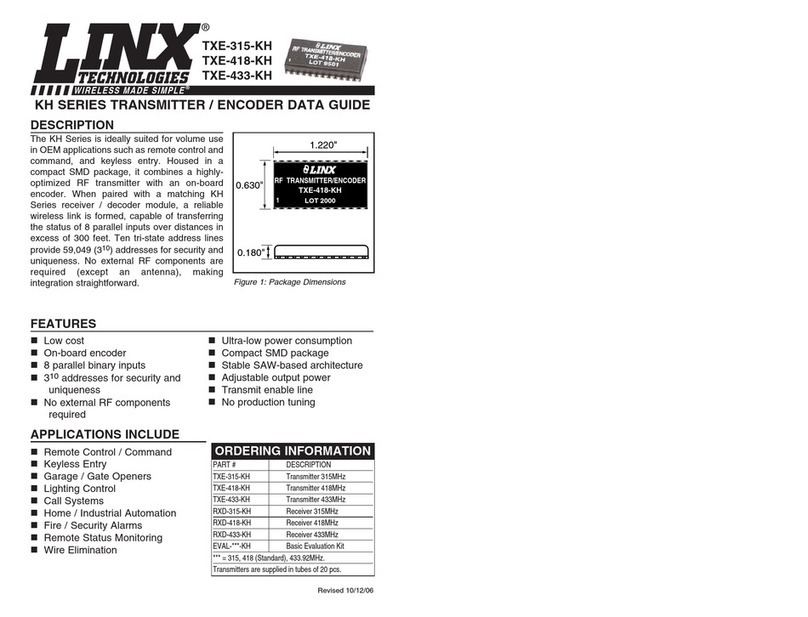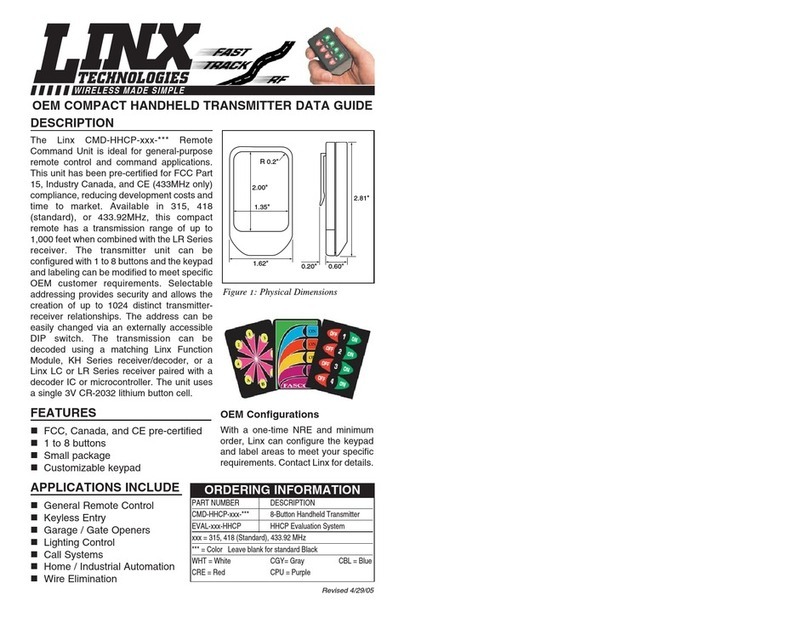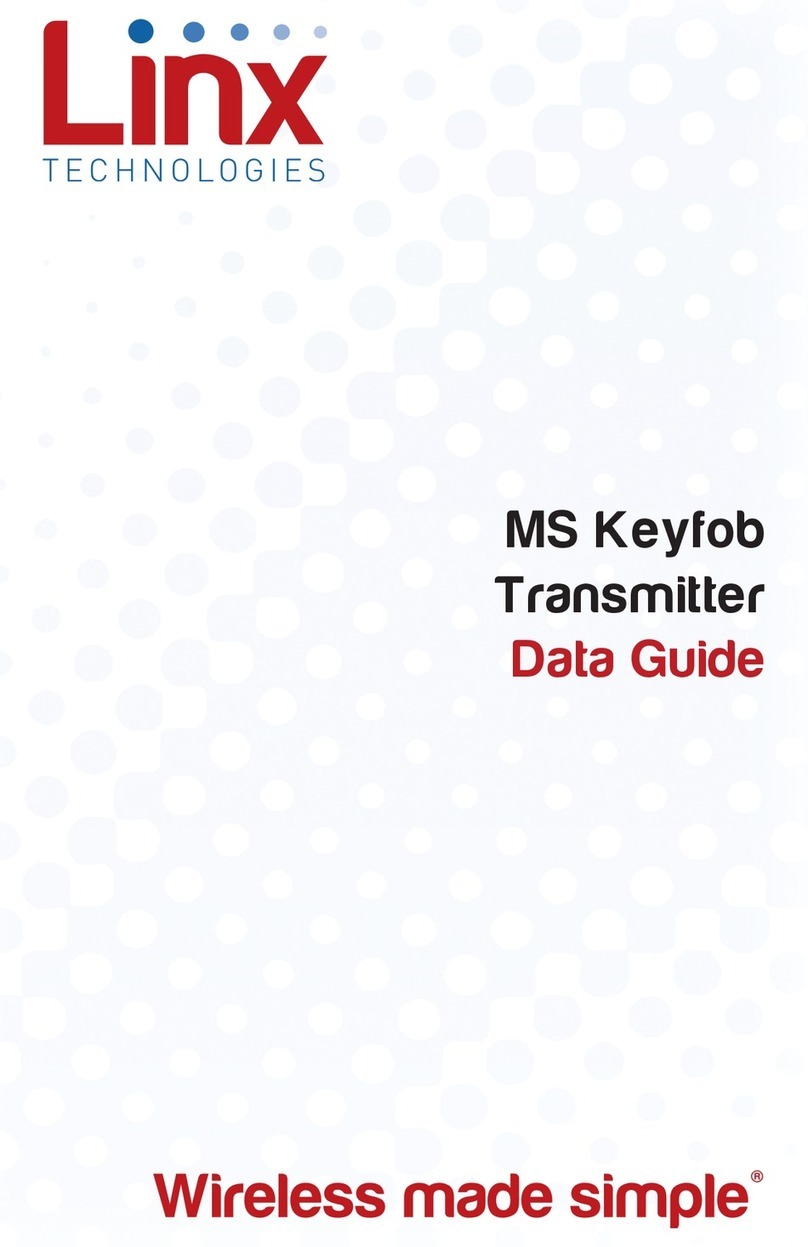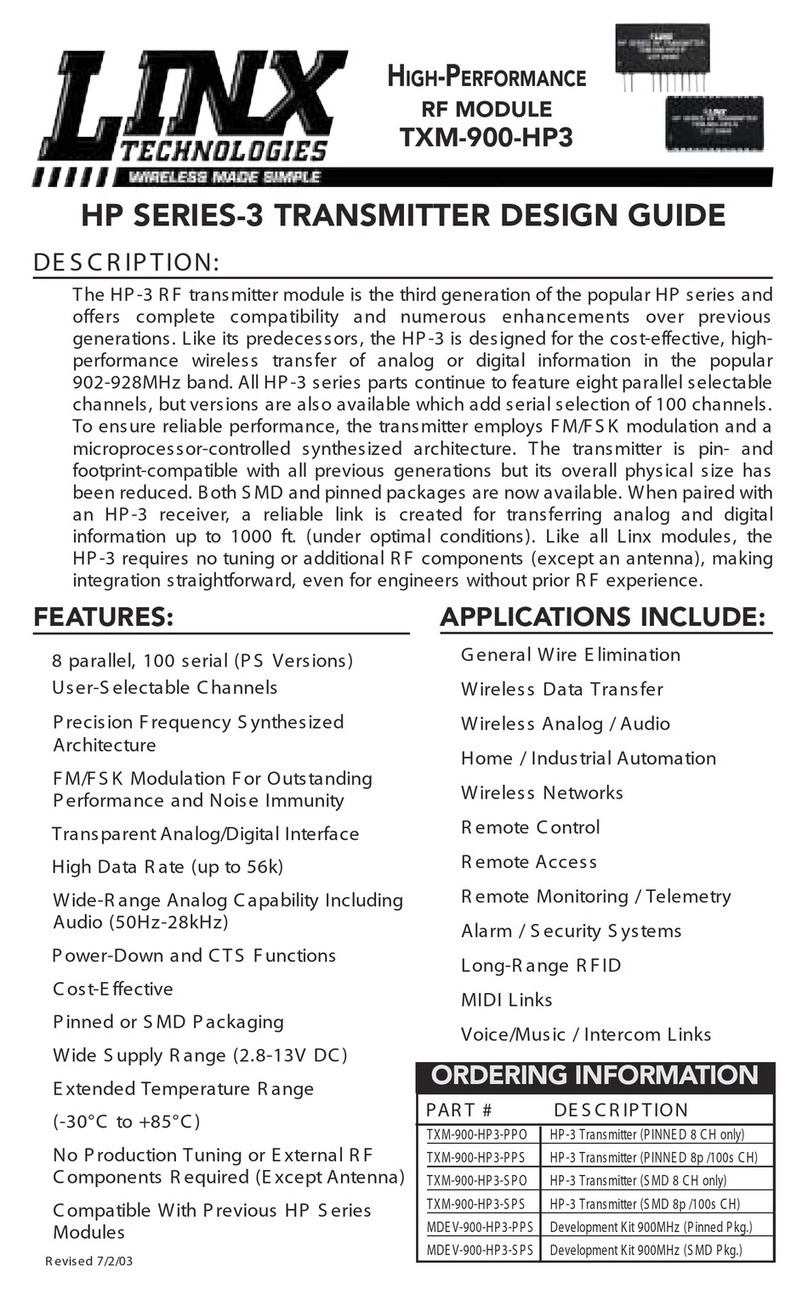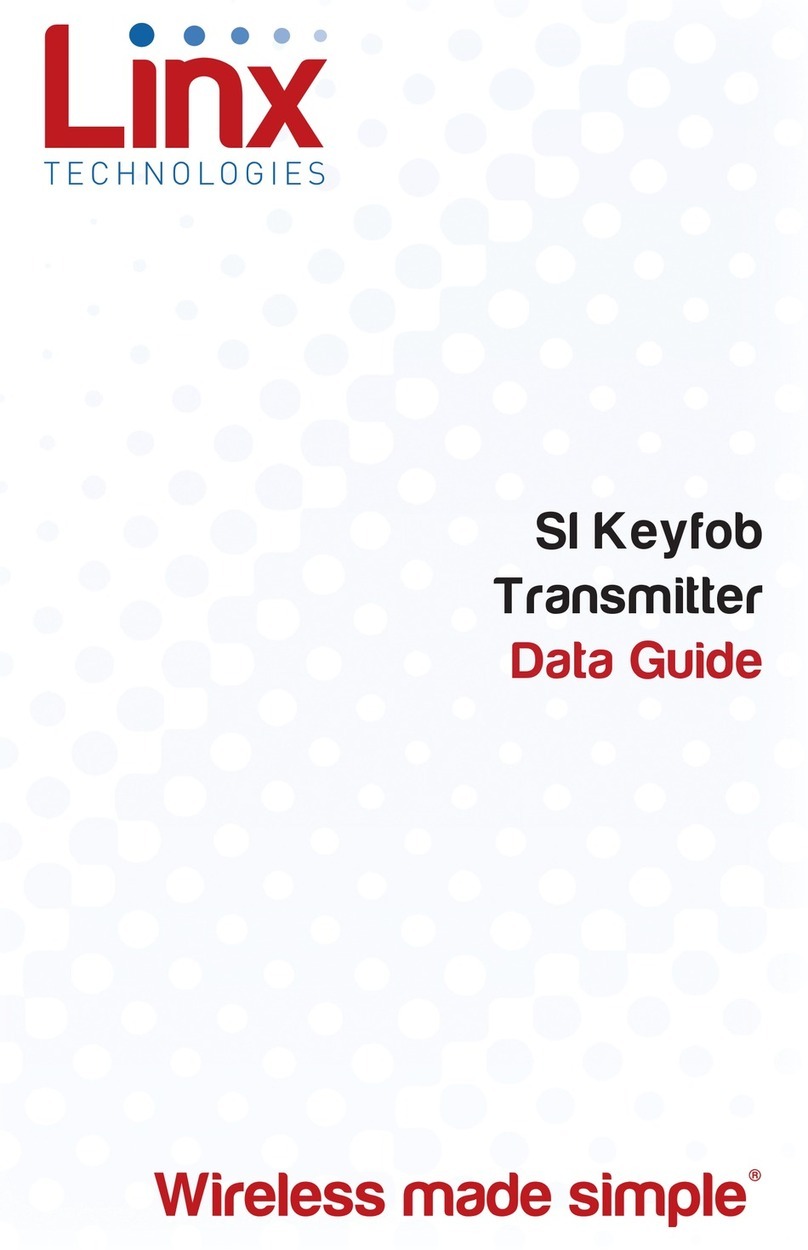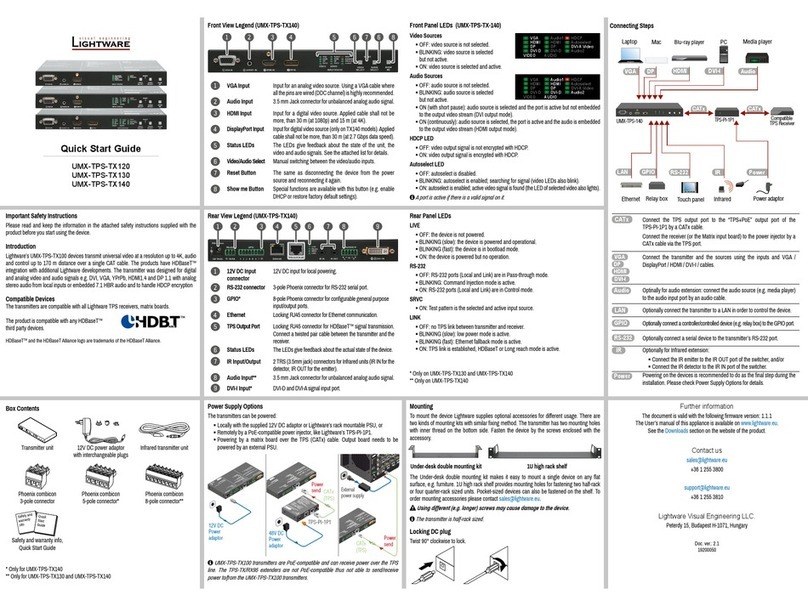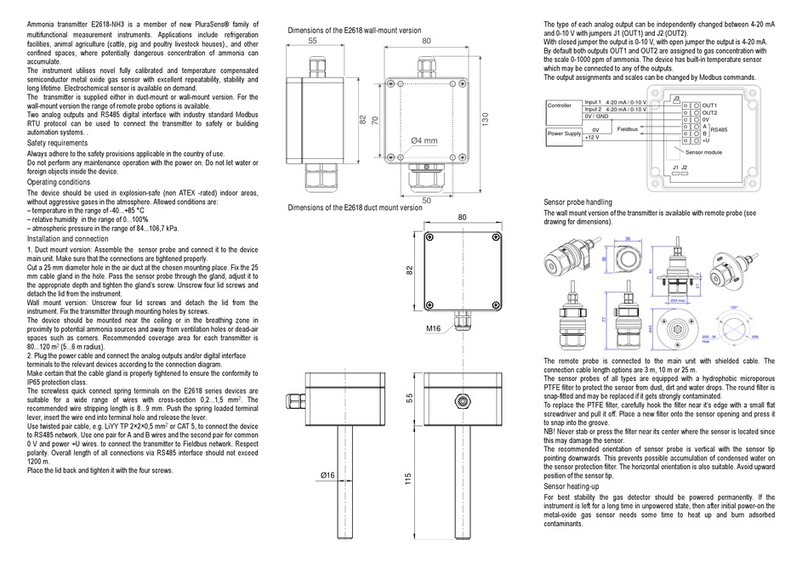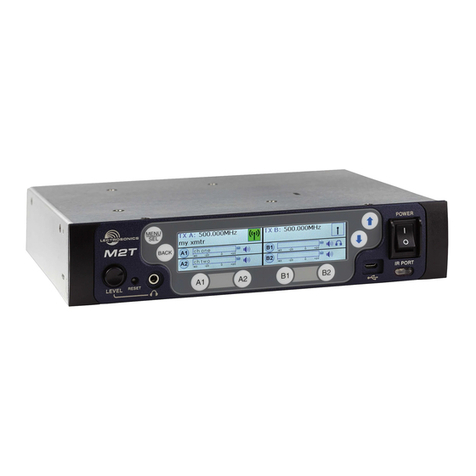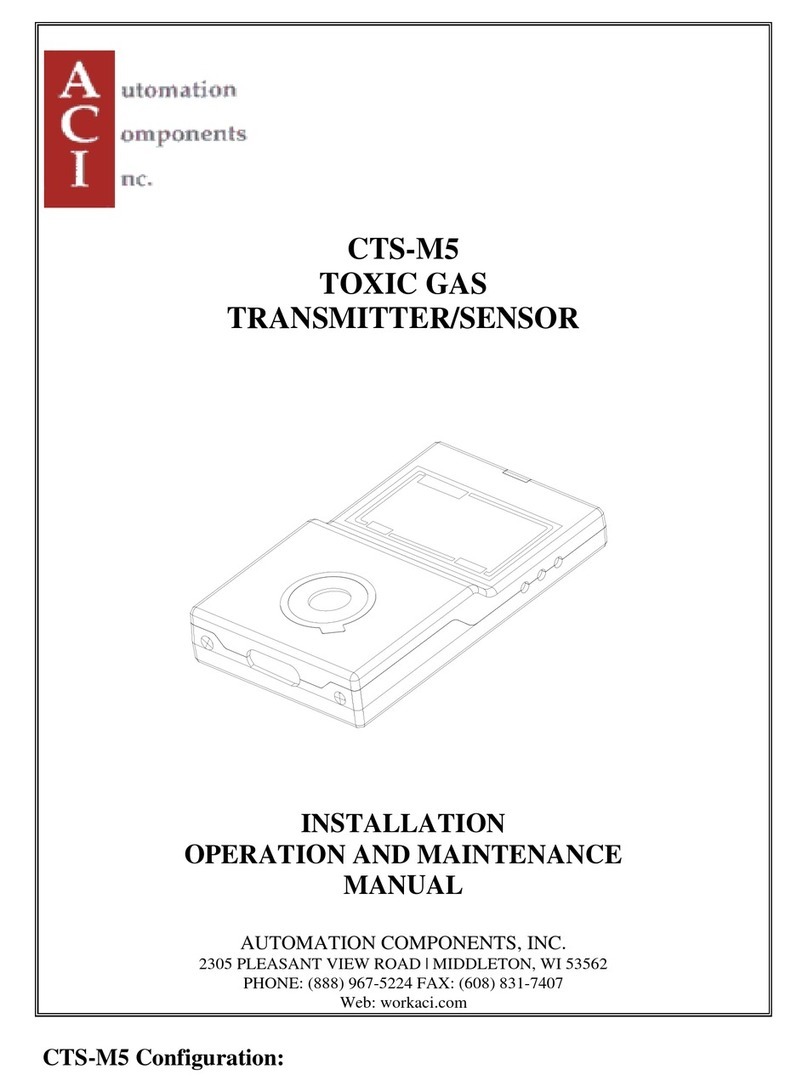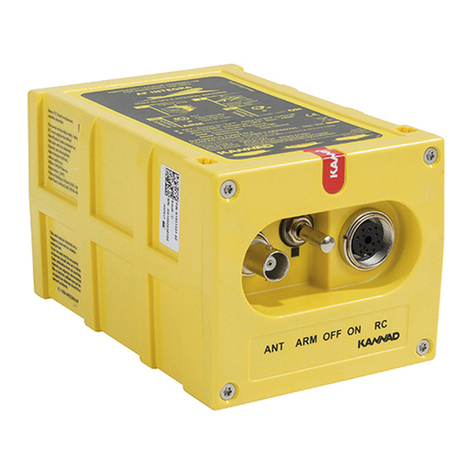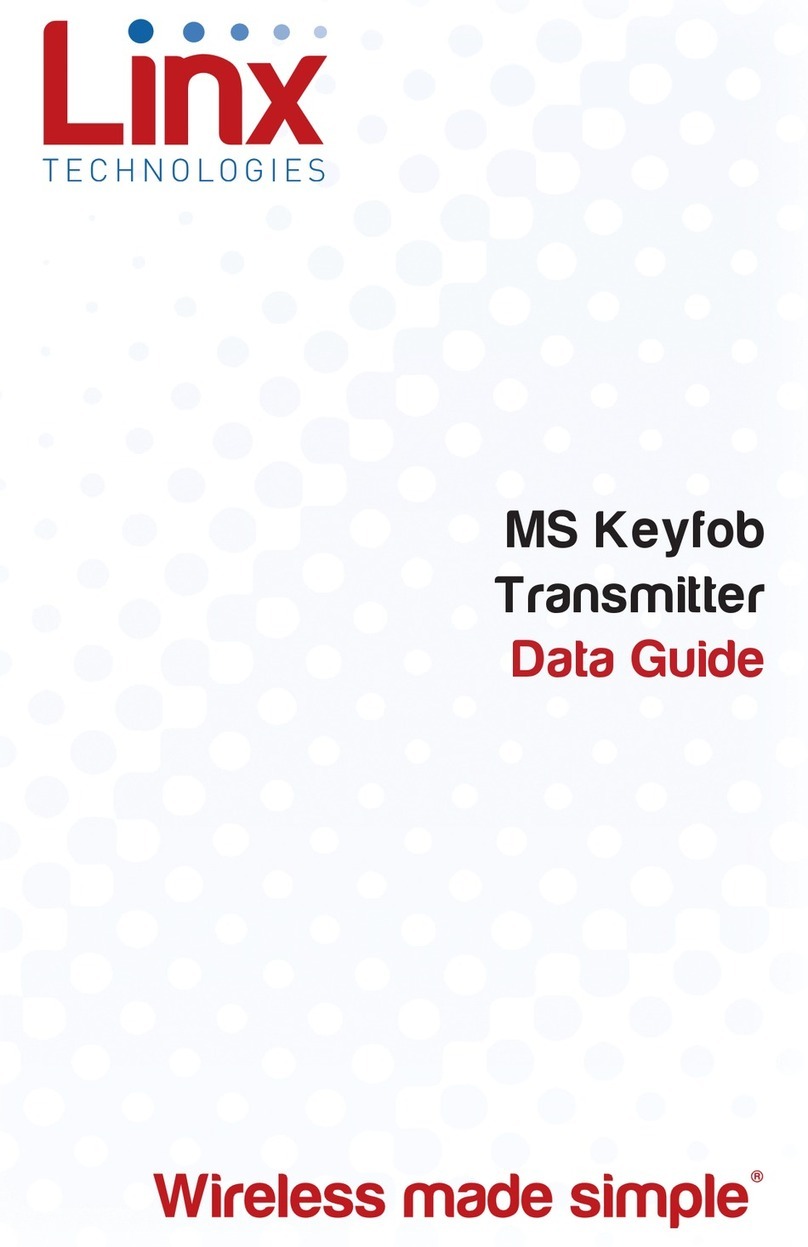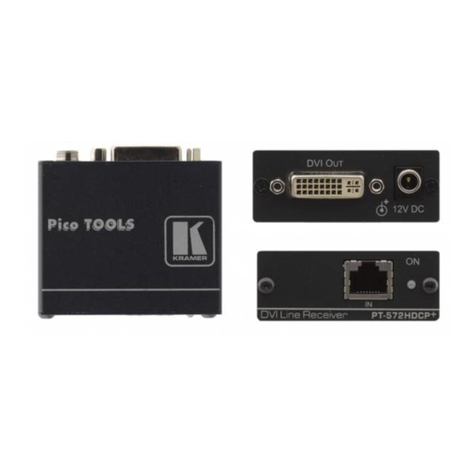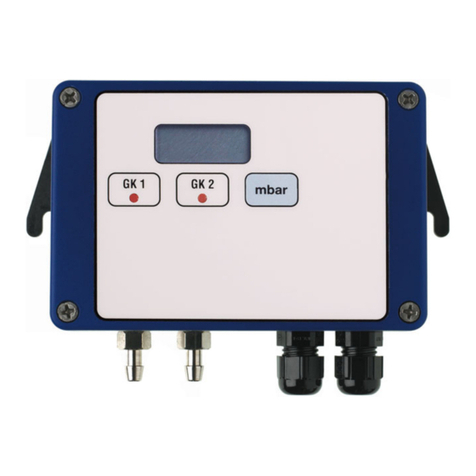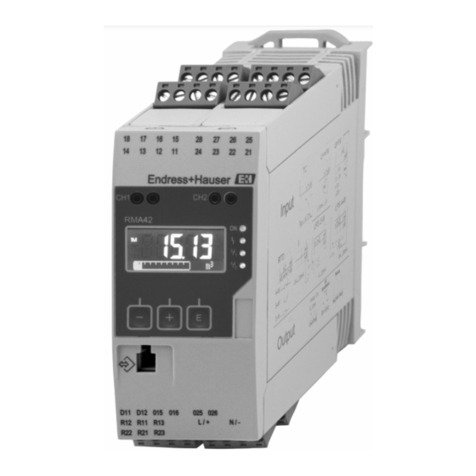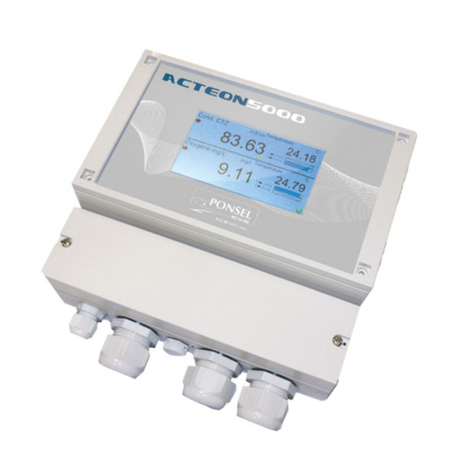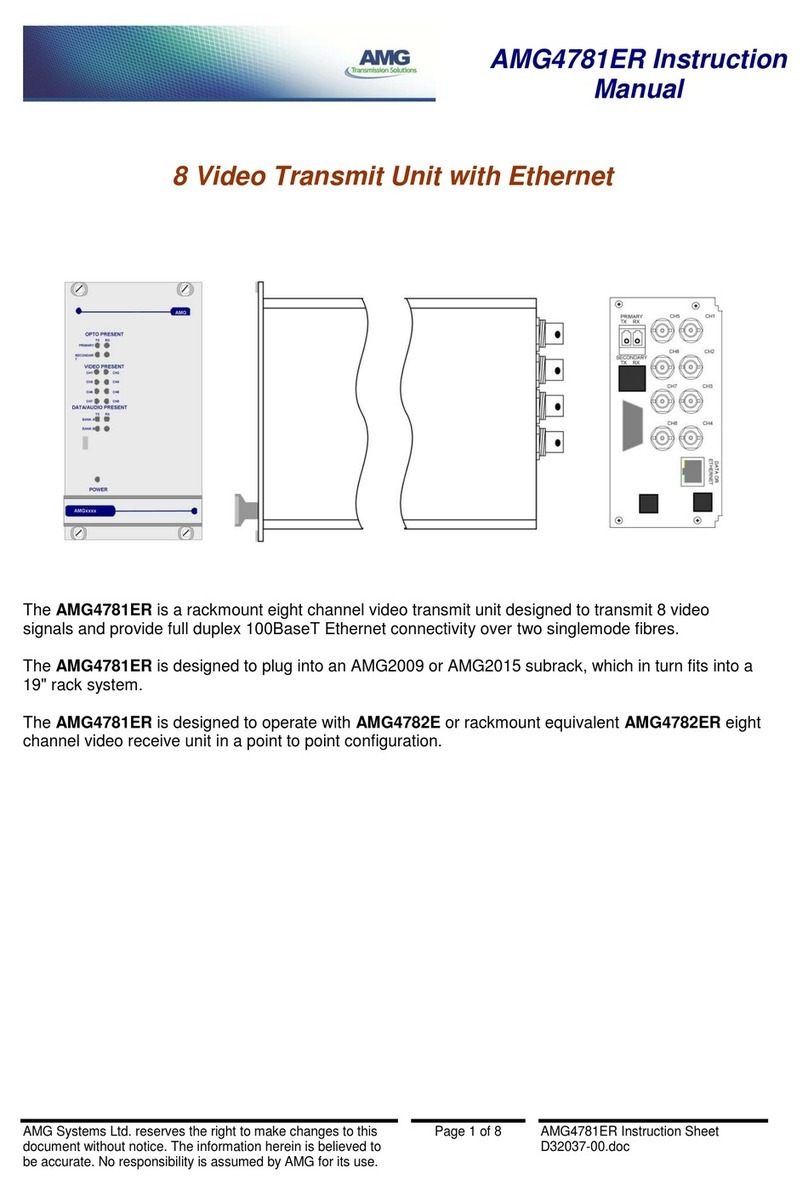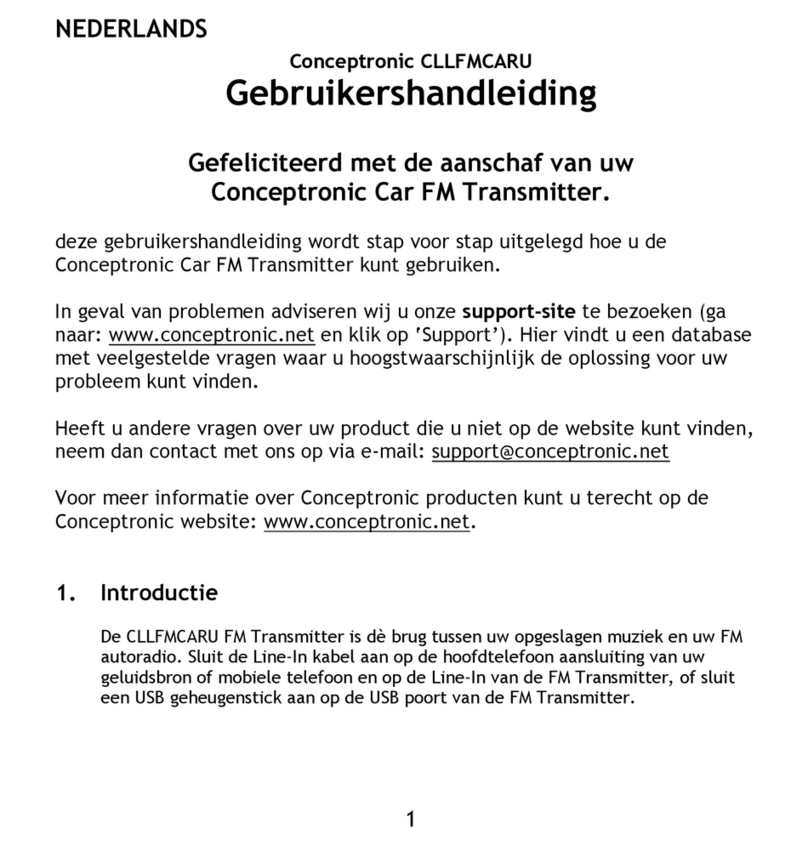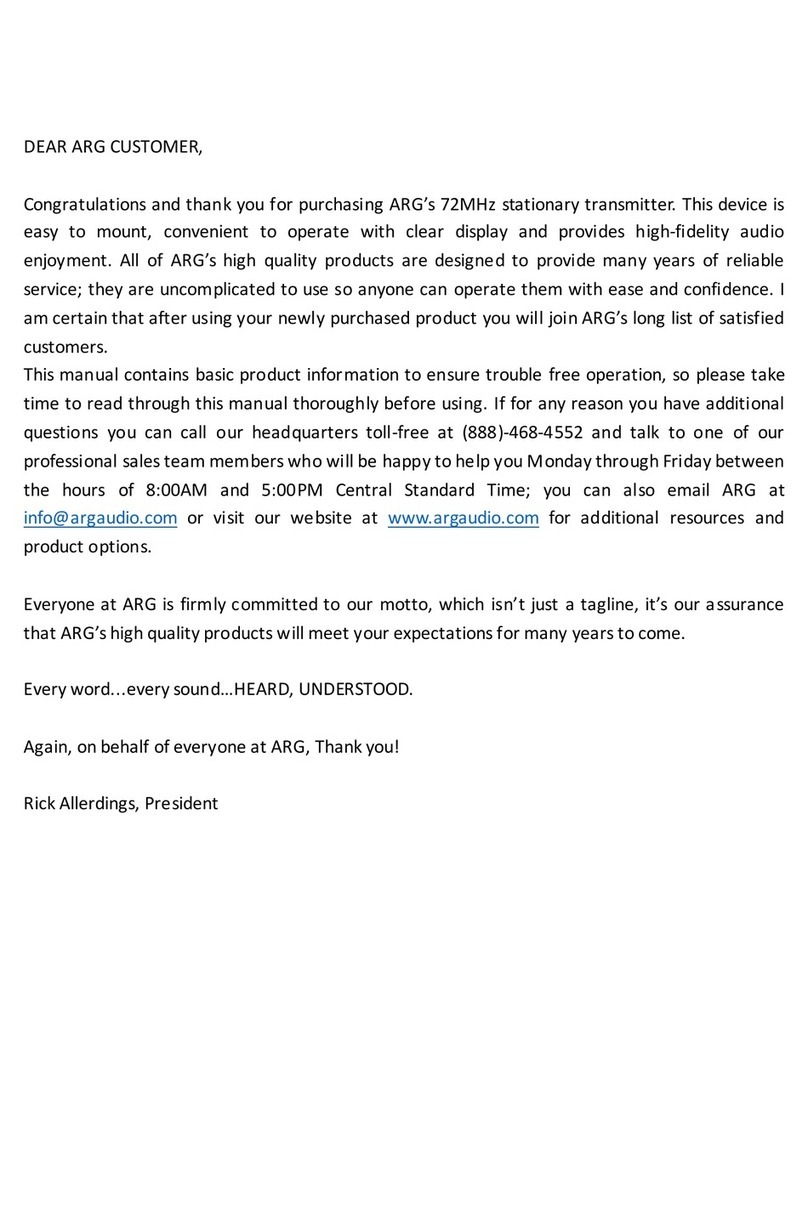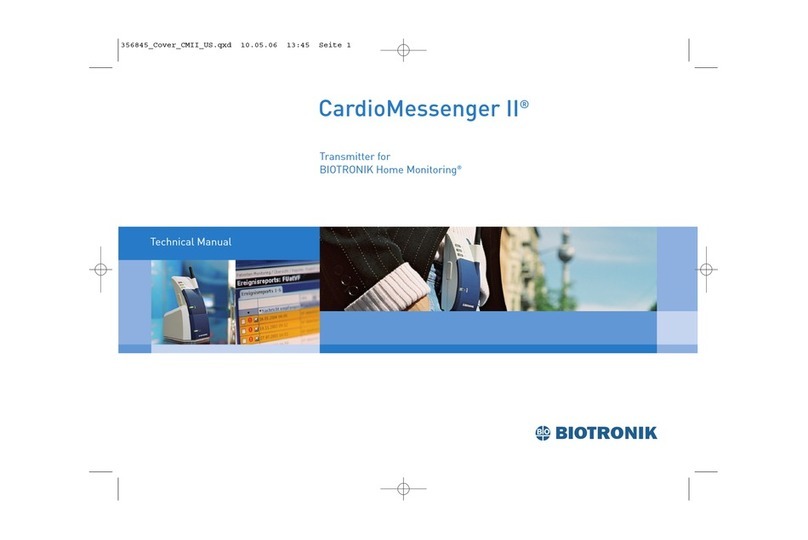
– – – –
2 3
Ordering Information
Part Number Description
OTX-***-HH-KF#-HT-xxx HT Keyfob Transmitter
EVAL-***-HH-KF-HT HT Keyfob Evaluation Kit
# = Number of Buttons, 1 to 5
*** = 418 (Standard) or 433MHz
xxx = Color (Leave blank for standard black)
WHT = White
CRE = Red
CGY = Gray
Keyfob Electrical Specifications
Parameter Designation Min. Typ. Max. Units Notes
Power Supply
Operating Voltage VCC 2.3 3.0 3.6 VDC
Supply Current lCC 12.6 mA
Power-Down Current lPDN 1.5 µA 1
Transmitter Section
Transmit Frequency Range FC
OTX-418-HH-KF#-HT 418 MHz
OTX-433-HH-KF#-HT 433.92 MHz
Center Frequency Accuracy –8 +8 kHz
Data Rate 2,400 bps
Environmental
Operating Temperature Range 0 +70 °C 1
1. Characterized, but not tested
Electrical Specications
Ordering Information
Figure 3: Ordering Information
Figure 4: Electrical Specifications
Theory of Operation
The HT Keyfob Transmitter combines a high-performance synthesized
transmitter with an on-board encoder IC to form a highly reliable, yet
cost-effective RF remote control transmitter. The transmitter’s synthesized
architecture delivers outstanding stability and frequency accuracy
while minimizing the effects of temperature, antenna port loading
and mismatching. This reduces or eliminates frequency pulling, bit
contraction, and other negative effects common to SAW-based transmitter
architectures, providing a significantly higher level of performance and
reliability.
When a button is pressed on the Keyfob, power is applied to the internal
circuitry and the encoder IC is enabled. The encoder detects the logic
states of the address lines and button data lines. These states are
formatted into a three-word transmission cycle that continues until the
button is released. The encoder data is used to modulate the transmitter,
which, through the antenna, conveys the data into free space. On the
receiver side, a decoder IC or custom microcontroller is used to check
the transmitter’s address bits against the address settings of the receiving
device. If a match is confirmed, the decoder’s outputs are set to replicate
the transmitter’s button states. These outputs can then be used to activate
external circuitry required by the application.
The transmitter is compatible with several Linx receiver products, including
the LR, KH3, LT, and OEM product families. Ranges of up to 750 feet are
possible when the transmitter is combined with the receiver and a good
antenna. Applications operating over shorter distances will also benefit from
the increased link reliability and superior noise immunity provided by the LR
Series receiver.
The DS Series encoder inside the Keyfob transmitter uses a protocol based
on the Holtek®HT640 encoder. It is completely backwards compatible with
older generation transmitters (CMD-KEY#-*** part numbers) and systems
based on the HT658 decoder.









